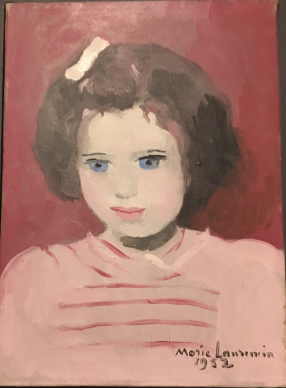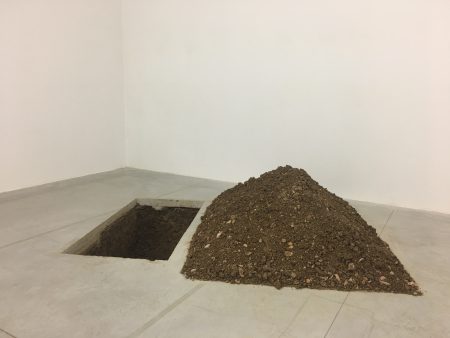And now here they are, emerging from their deep slumber under the bedstead of their happy owner, the son of the collector, to be auctioned by Christie’s in London on 5 July.
This auction is fascinating in several respects. No one needs reminding that Rembrandt is an artist whose works are not only rare but also financially inaccessible. The record price paid at auction for this painter best known for his deft light effects is 32.5 million euros back in 2000, but two portraits of his showing a couple which belonged to Eric de Rothschild were sold for 80 million euros each to the Louvre and the Rijksmueum in Amsterdam respectively in March this year.
For Peter Schatborn, honorary director of the print room at the Rijksmuseum, Amsterdam and organiser of an exhibition of Rembrandt’s work this September at the Jacquemart-André Museum in Paris, ‘the etchings are a major pillar in his production. He created 324 paintings, 315 etchings and 700 drawings and through his sophisticated technique he influenced the entire history of art after him in this area.’ Rembrandt employed three techniques jointly: etching proper, drypoint and burin.
‘He handles drypoint like a pen,’ explains engraving specialist Elodie le Dan. For the most part, the iconography in the etchings does not replicate that found in the paintings.
Incredibly we’re given to believe that Rembrandt etched on the fly in the open air, bringing his metal sheet with him. The Christie’s specialist Charlie Scott gives the example of the landscape ‘Six’s Bridge’ with its highly spontaneous style. Legend has it that it was executed in 1645 on a bet that it could be completed in the time it took for the maid to buy mustard from the town and return. The result: a picturesque vista now estimated at 130,000 euros. The landscapes are especially prized in Rembrandt’s repertoire of etchings.
Art historians also know that the Dutch master, who in his lifetime experienced several reversals of fortune, sometimes produced these prints for the money that they bought him.
This, however, is not the case with the very small (7.8 x 5.7cm) ‘The Sleeping Herdsman’ produced in 1644. The rustic and slightly risqué image showing a couple taking full advantage of a herdsman’s nap was, according to Charlie Scott, distributed to his family and friends exclusively.
Rembrandt was himself a passionate collector of art, including works by his predecessor, the great German Renaissance figure Albrecht Durer who developed a flourishing trade in prints.
If his ‘business’ sense might have inspired Rembrandt, so too did his style. In ‘Christ Driving the Money Changers from the Temple’ the central figure, Jesus, is directly inspired by a wood engraving by Durer from 1508,’ explains the Christie’s specialist.
Rembrandt’s genius also expressed itself in his very sombre engravings through an infinitude of black lines which allowed luminosity, in places, to pierce through like with ‘The Descent from the Cross’ from 1654 (estimate 51,000 euros).
Finally, Rembrandt, a great lover of women, created ‘The Woman with the Arrow’ in 1661. It features a nude depicted in a realist style, inspired by a model in the studio that his students were drawing at the same time. It is estimated to fetch 200,000 euros.
But as all the specialists emphasise, more than the subject, it’s the quality of the etching and how well it has been preserved that contribute to the price. The more times it passed over the plate, the more the impression tended to lose its finer subtleties. Moreover, Rembrandt made changes to the engravings as time went by. It is what is referred to as states. An etching can exist in ten different versions. After the artist’s death, it was not unheard of for other hands in their turn to work on the proof to give it a new life.
The watermark in the paper, a number of collectors’ stamps, the catalogue raisonné and other very technical details have enabled the precious prints to be dated like in a police investigation. ‘The estimates are high but they’re justified by the condition and the print quality that is often completely exceptional,’ underlines Elodie le Dan.
For the record paid at auction for a Rembrandt etching, you have to go back to 1990. That year a crucifixion sold for $990,000.
In Geneva there ‘s an exhibition dedicated to Rembrandt prints: www.penthes.ch/portfolio/rembrandt-a-geneve-quand-les-pays-bas-rencontrent-la-suisse
Donating=Supporting

Support independent news on art.
Your contribution : Make a monthly commitment to support JBH Reports or a one off contribution as and when you feel like it. Choose the option that suits you best.
Need to cancel a recurring donation? Please go here.
The donation is considered to be a subscription for a fee set by the donor and for a duration also set by the donor.





